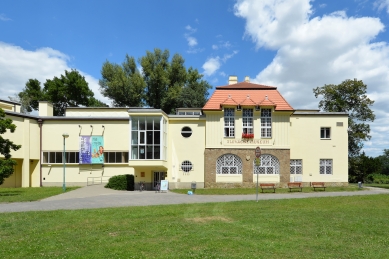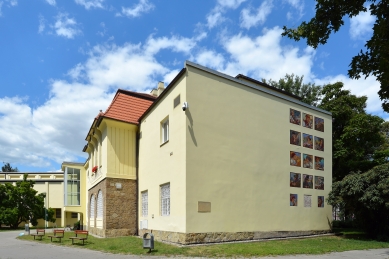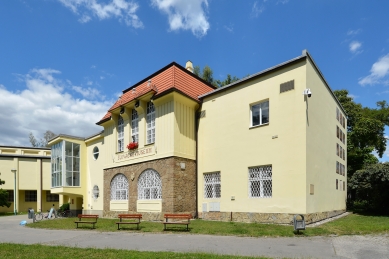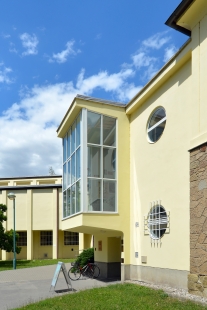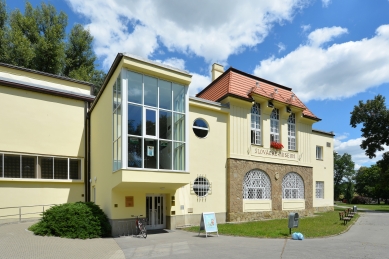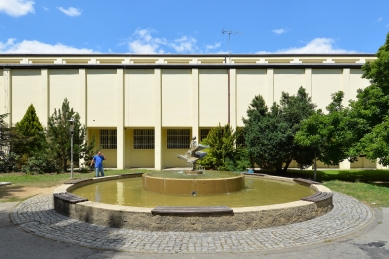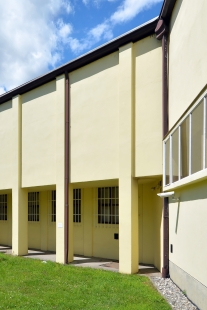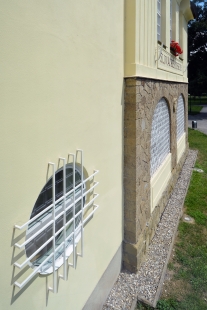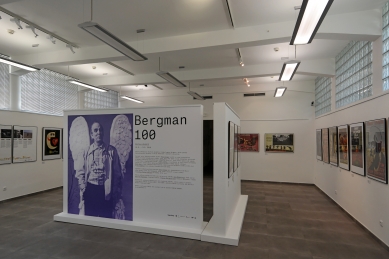
Slovak Museum, Uherské Hradiště

The Slovácko Museum in Uherské Hradiště is one of the most famous museums in the ethnographic region of Slovácko and all of Moravia. Throughout its existence, it has focused on preserving the immense wealth of folk culture, created over centuries by the people of this region.
The Slovácko Museum was founded thanks to the enthusiasm of patriotically oriented residents of the town. The first attempts to establish a museum are closely linked to the preparations for the Czechoslovak Ethnographic Exhibition in Prague in 1895, when the Committee for the Establishment of the Slovácko Museum was formed in Uherské Hradiště. Despite the great effort put forth by its members, the museum was not established, and the Committee ceased to exist after ten years.
The ceremonial opening of the Slovácko Museum took place on June 1, 1914. Its first location was the abandoned Jesuit monastery, and the foundation of its collection was made up of Kretz's collection of ceramics. In 1919, the exhibition spaces of the museum were taken for military purposes, and the collections were temporarily stored. It was not until the early 1930s that the city council purchased the building of the former inn Na střelnici in Smetanovy sady for the needs of the museum. On August 15, 1931, the Slovácko Museum was ceremonially reopened.
The following years are among the most significant in the history of the museum, marked by considerable enrichment of the collection, the development of professional activities, and the construction of a new wing of the museum building. Funds for the construction were obtained from the proceeds of the "Slovácko Exhibition 1937," in which the museum played a significant role in the preparations. The new building, designed by architect Prof. Bohuslav Fuchs, was completed in 1942 and was considered one of the most modern in the Czech lands at the time.
On the side wall is a mosaic allegory of the seasons by J. Kohler from 1905.
The Slovácko Museum focuses its activities on ethnography, archaeology, history, and art history.
The building was declared a tangible cultural heritage monument on May 3, 1958.
The Slovácko Museum was founded thanks to the enthusiasm of patriotically oriented residents of the town. The first attempts to establish a museum are closely linked to the preparations for the Czechoslovak Ethnographic Exhibition in Prague in 1895, when the Committee for the Establishment of the Slovácko Museum was formed in Uherské Hradiště. Despite the great effort put forth by its members, the museum was not established, and the Committee ceased to exist after ten years.
The ceremonial opening of the Slovácko Museum took place on June 1, 1914. Its first location was the abandoned Jesuit monastery, and the foundation of its collection was made up of Kretz's collection of ceramics. In 1919, the exhibition spaces of the museum were taken for military purposes, and the collections were temporarily stored. It was not until the early 1930s that the city council purchased the building of the former inn Na střelnici in Smetanovy sady for the needs of the museum. On August 15, 1931, the Slovácko Museum was ceremonially reopened.
The following years are among the most significant in the history of the museum, marked by considerable enrichment of the collection, the development of professional activities, and the construction of a new wing of the museum building. Funds for the construction were obtained from the proceeds of the "Slovácko Exhibition 1937," in which the museum played a significant role in the preparations. The new building, designed by architect Prof. Bohuslav Fuchs, was completed in 1942 and was considered one of the most modern in the Czech lands at the time.
On the side wall is a mosaic allegory of the seasons by J. Kohler from 1905.
The Slovácko Museum focuses its activities on ethnography, archaeology, history, and art history.
The building was declared a tangible cultural heritage monument on May 3, 1958.
The English translation is powered by AI tool. Switch to Czech to view the original text source.
1 comment
add comment
Subject
Author
Date
(7:- )) ...
šakal
26.07.20 01:55
show all comments


